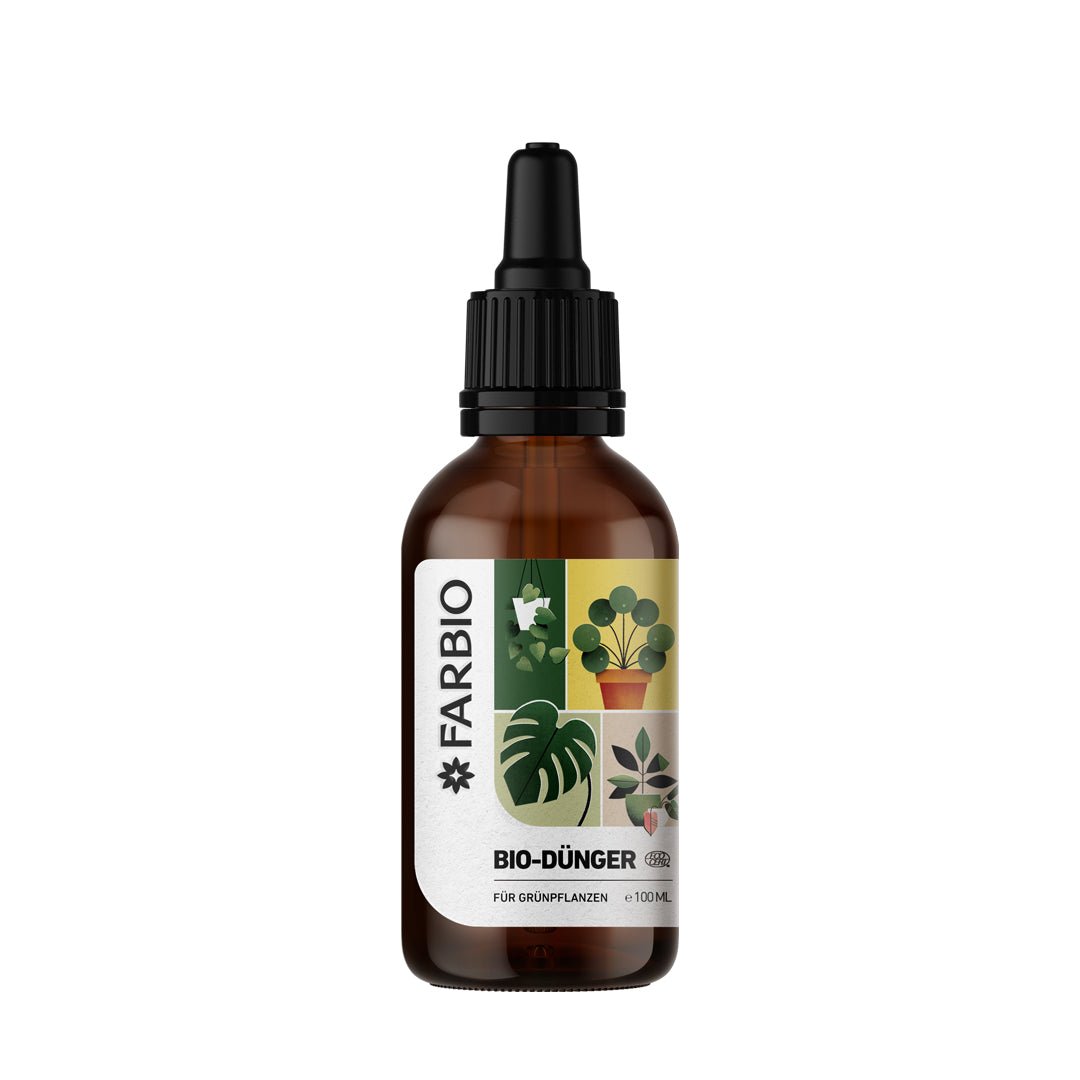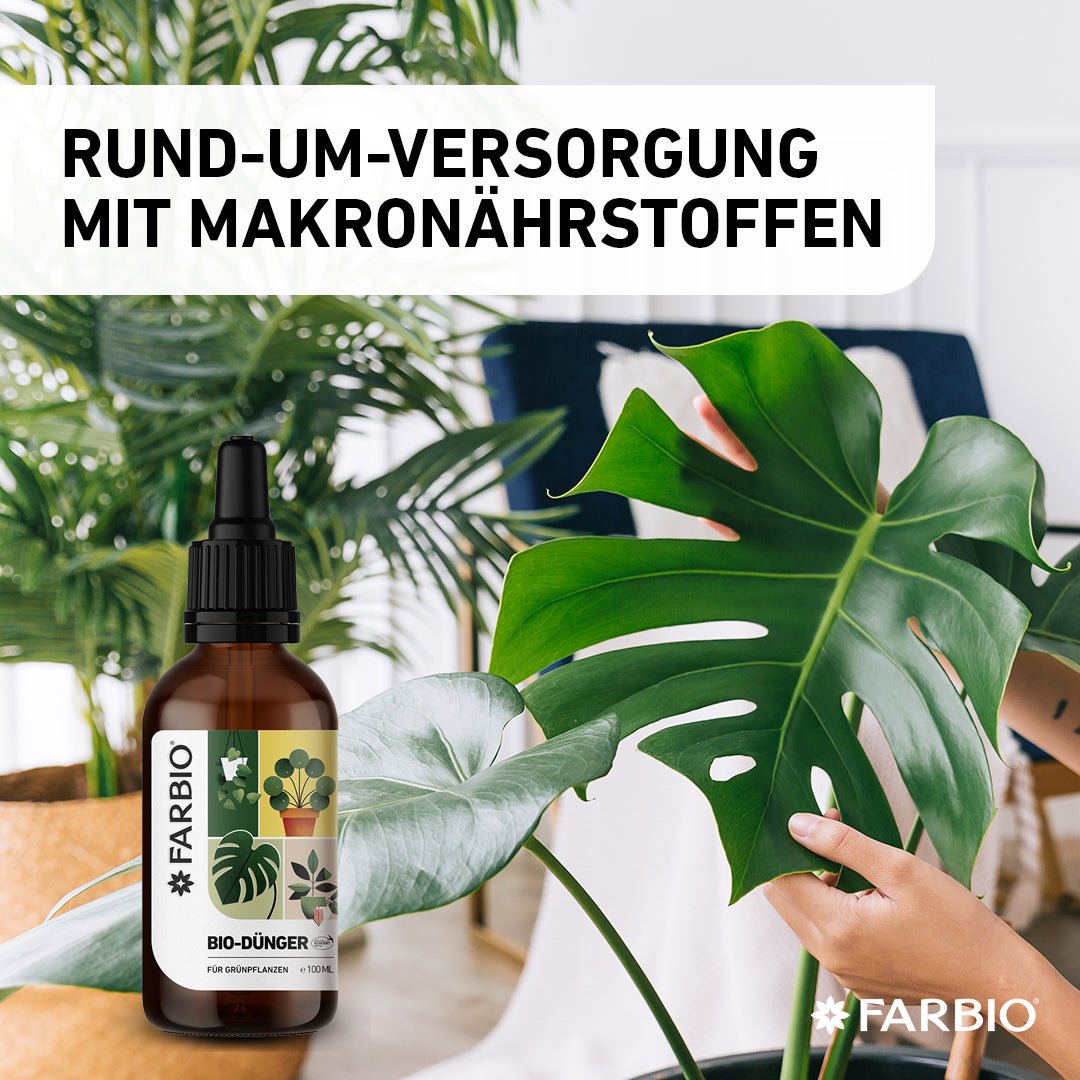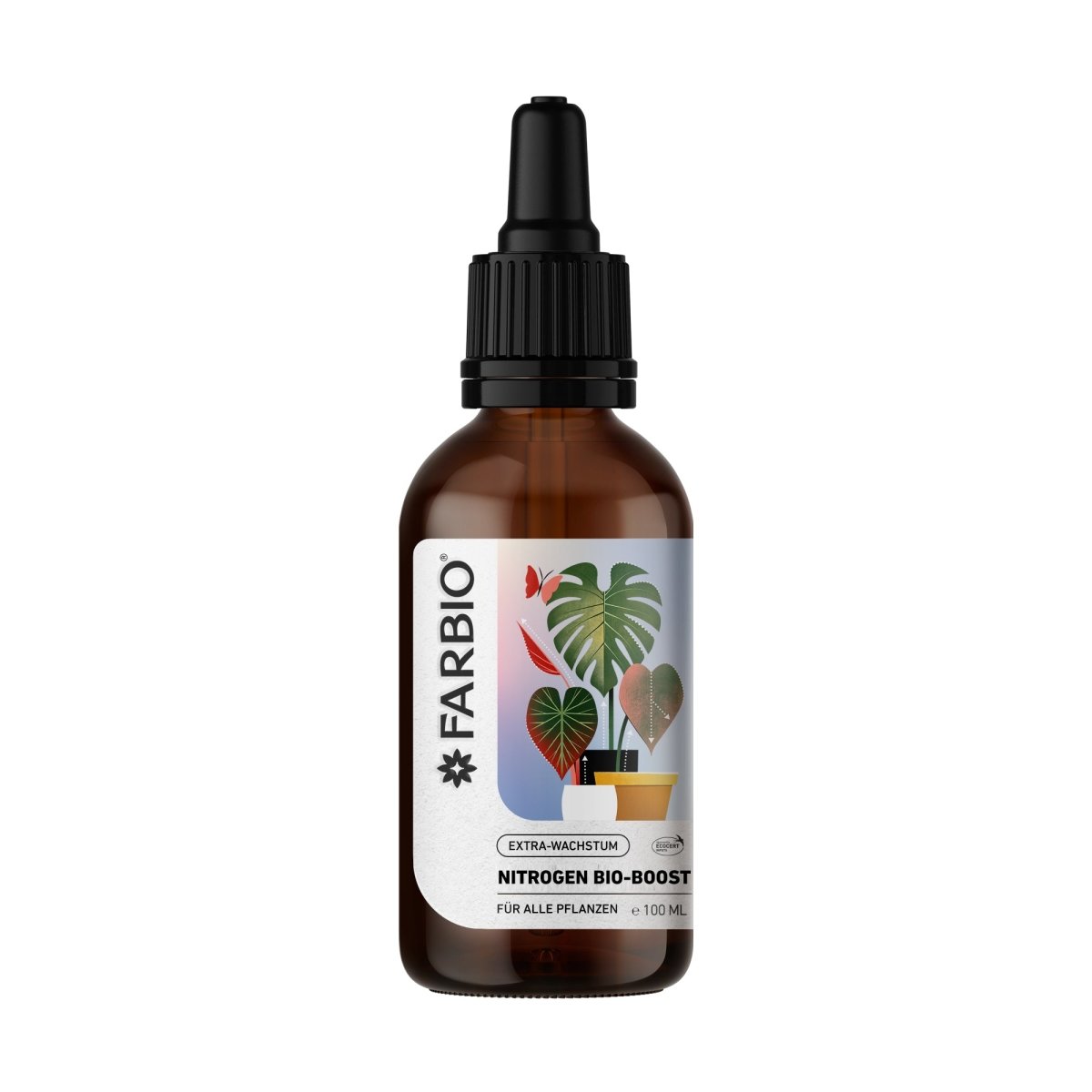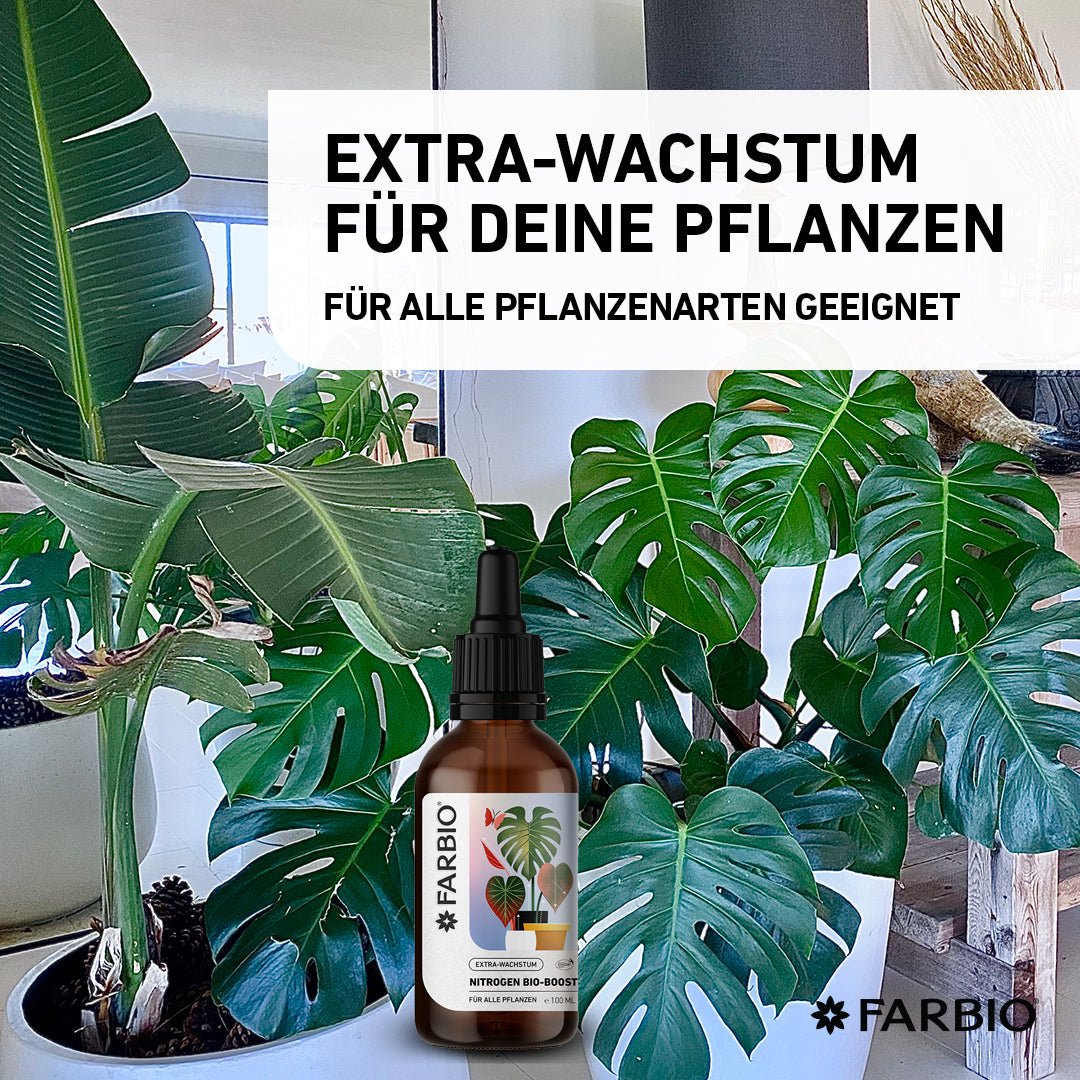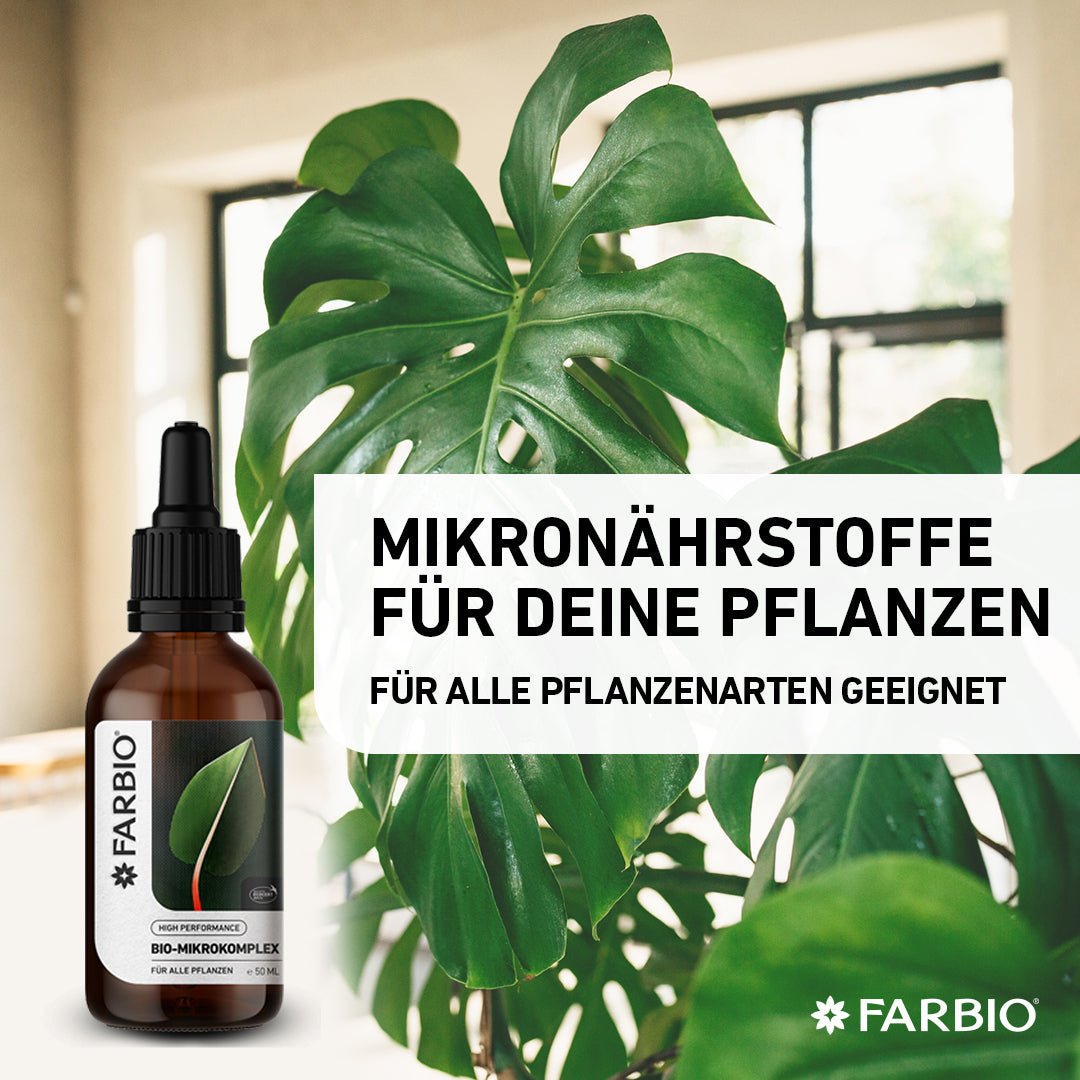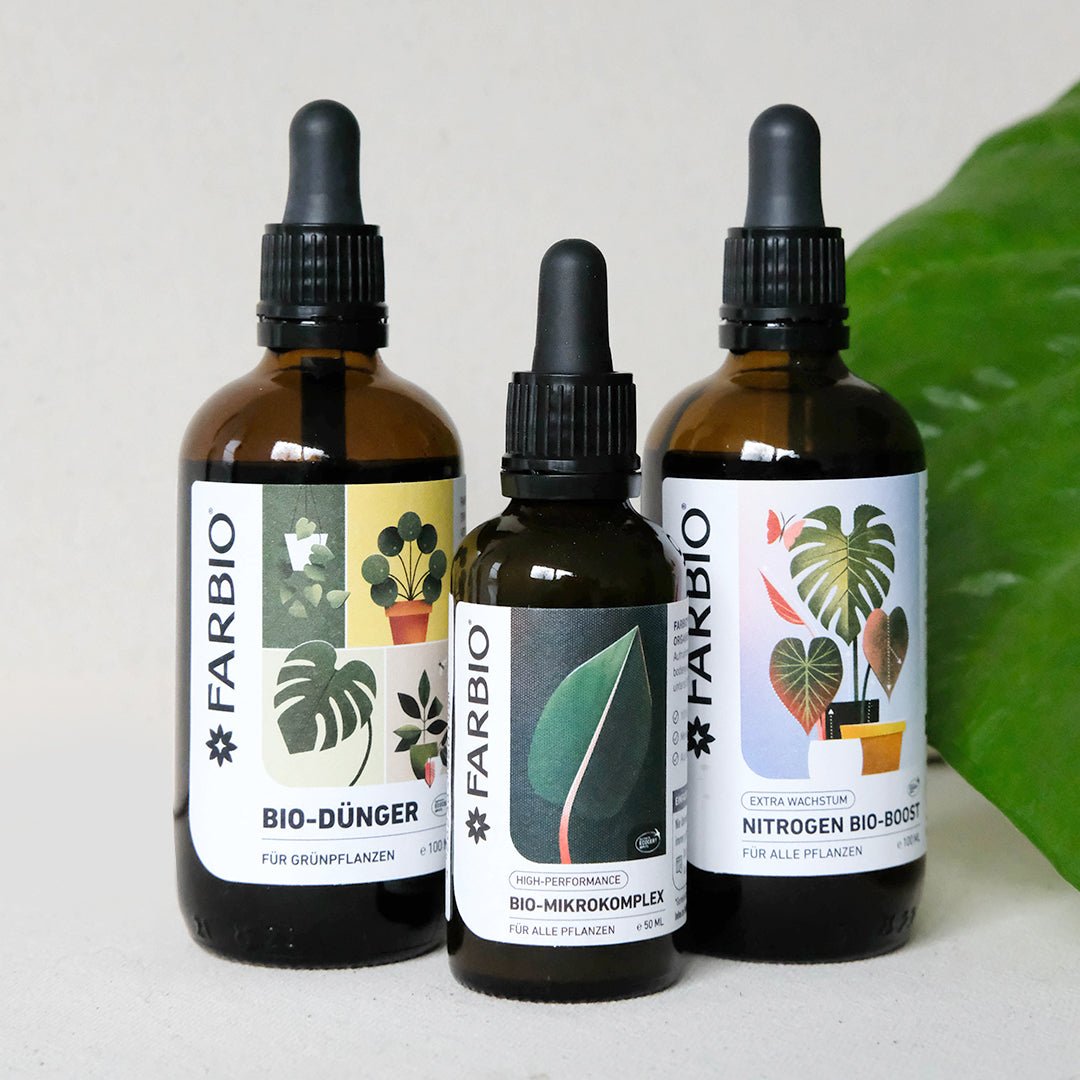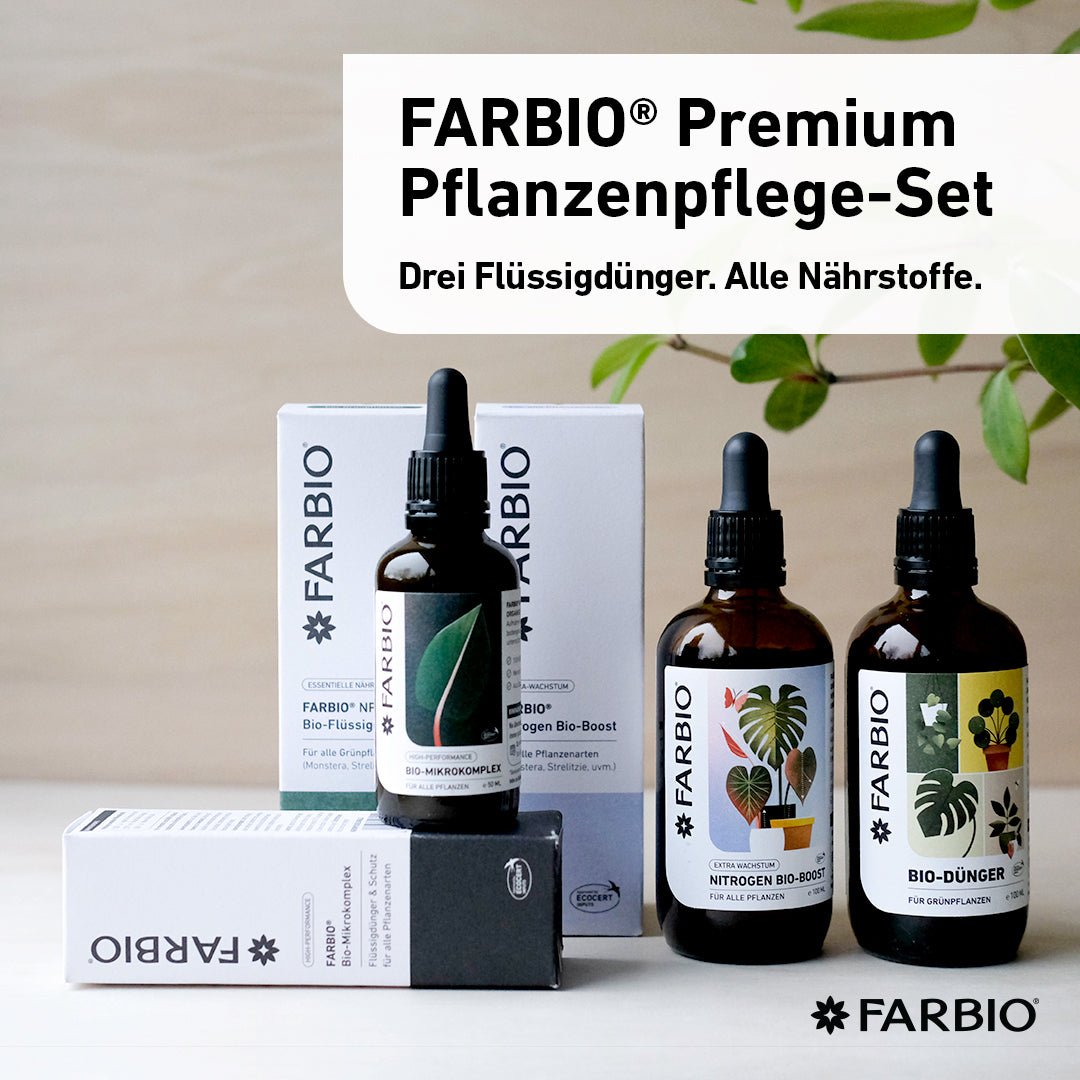Houseplants come in a variety of shapes and colors, but most of them are just green. That's why we're introducing you to the most beautiful flowering houseplants to bring more color into your home!
The Grass lily is a decorative flowering plant
The Grass lily originally comes from the subtropics of Asia and Africa. The botanical name (Ornithogalum) comes from Greek and is derived from the words bird (ornis) and milk (gala) . The plant is also known as the "Garden star-of-bethlehem". The plant needs a sunny location with temperatures of around 20 degrees Celsius. The cup-shaped flowers are white or orange, depending on the subspecies, and are located at the end of the grass-like stems. As a houseplant, the Grass lily usually forms flowers as early as March and then blooms for a few weeks. The flowers are only open during the day and close at night. After they wilt, round seed capsules form. Once the flowering period is over, the above-ground part of the plant dies and the plant's dormant phase begins.

Popular flowering houseplant: the Bird of paradise flower
The Bird of paradise flower (Strelitzia reginae) originally comes from South Africa, but can now also be found on the Canary Islands. The special thing about the Bird of paradise flower is its flower, which can take on yellow, blue and even red colors. It consists of six different, boat-shaped petals that stretch in different directions. The name of the plant comes from the flower's resemblance to a cockscomb. The Bird of paradise flower reaches a height of around two meters and prefers a bright and moderately sunny location. The Bird of paradise flower feels particularly comfortable at normal room temperature, and even needs milder temperatures during the winter so that it can gather strength to bloom earlier and more beautifully in spring. The plant usually blooms as a houseplant from February to August. To guarantee good growth and flower splendor, nutrient-rich soil with a high humus content is necessary.

With pink flowers: the Medinilla
The Medinilla (Medinilla magnifica) comes from the Philippines and can grow up to 1.50 meters tall as a houseplant. The flowers of the Medinilla are arranged in a hanging panicle, which consists of many different individual flowers. This hanging panicle can reach a length of 30 cm. The plant blooms from February to August in strong pink tones. The Medinilla is particularly suitable for warm winter gardens. To encourage the formation of new flowers, it should be kept cooler for up to 12 weeks over the winter months. Here too, the temperatures should not fall too low, but should be in the range of 15 degrees Celsius. The soil should have a high humus and nutrient content.

Now it’s getting tropical: the Begonia corallina
The Begonia corallina is native to Brazil and, if well cared for, can grow to a size of up to 2 meters as a houseplant. The leaves are dotted and the flowers of the coral begonia consist of 5 individual petals, which are light pink to dark red in color. The Begonia corallina blooms from April to September. The plant can be placed in a bright location, but prefers a partially shaded location with inconsistent sunlight. The soil for the coral begonia should have a high nutrient and humus content. To loosen the soil and thereby reduce the chance of waterlogging, a little sand can be mixed with the soil. Otherwise, the plant is easy to care for.

Exotic: the Christmas cactus
The Christmas cactus (Schlumbergera) is a plant from the cactus family and comes from Brazil. It blooms between November and January, but the flowers are short-lived, which means that they start to wilt after about a week. The flowers of the Christmas cactus are pushed over one another like fish scales, which gives them a longer shape. The flowers of the Christmas cactus come in different colors: they can be white, pink and red. The Christmas cactus prefers a bright location with little direct sunlight. The temperatures must not be too warm (>20 degrees Celsius) or too cold (<10 degrees Celsius), otherwise there will be problems with bud formation. Watering with calcareous water can quickly lead to the death of the plant, so tap water should be boiled or alternatively watered with rainwater.

One of the special flowering houseplants is the Clivia
The Clivia (Clivia miniate) is native to South Africa and has been used as a cultivated plant for almost 200 years. The flowers of the Clivia are orange to red in color. The up to 20 flowers of the Clivia form at the end of a long stem. The beautiful contrast of the Clivia comes from the different coloring of the stigma, petals and the inner part of the flower. However, the houseplant only begins to form a flower after a few years and only blooms if it has been able to rest over the winter. During this time, watering should be limited and the temperature should be a mild 10 degrees Celsius. The Clivia needs a lot of light, but not necessarily a location in direct sunlight. The substrate should be nutrient-rich and permeable to water. You can find out more about substrates in this video!

The Anthurium
The Anthurium (Anthurium andreanum x Anthurium scherzerianum) originated as a wild plant in the rainforests of Central and South America. The flower of the Anthurium is the highlight of the plant, because the flower sits in the middle of the reddish-colored bracts and resembles a spadix. The color of the flower is either yellow, orange or red. The houseplant produces flowers all year round. The ideal location for the also called flamingo flower is in a partially shaded place without direct sunlight. It is sensitive to drafts and temperatures should be slightly above 20 degrees Celsius. Leaves should be regularly moistened with a spray bottle and the soil should have a slightly acidic pH value. The FARBIO® glass spray bottle is ideal for caring for your flamingo flower!

The Bromeliad is one of the most popular flowering houseplants
Bromeliads originate in South America and are considered undemanding and easy to care for houseplants. The flowers of Bromeliads are relatively small, but the entire structure, which is often considered a flower, is much larger. The main part of this structure consists of the colorful and tall leaves of the Bromeliad. The plant only flowers once; if the flower eventually wilts, the entire plant dies. However, it should be watered and fertilized continuously, because offshoots form and thus a new plant is always provided. The formation of lush green leaves and magnificent flowers is supported with a fertilizer: try our FARBIO® liquid fertilizer for your flowering plants! A bright window spot, ideally not exposed to direct sunlight, is the ideal location. The temperature should be above 18 degrees Celsius.

You can find more flowering houseplants in our Plants AZ !



